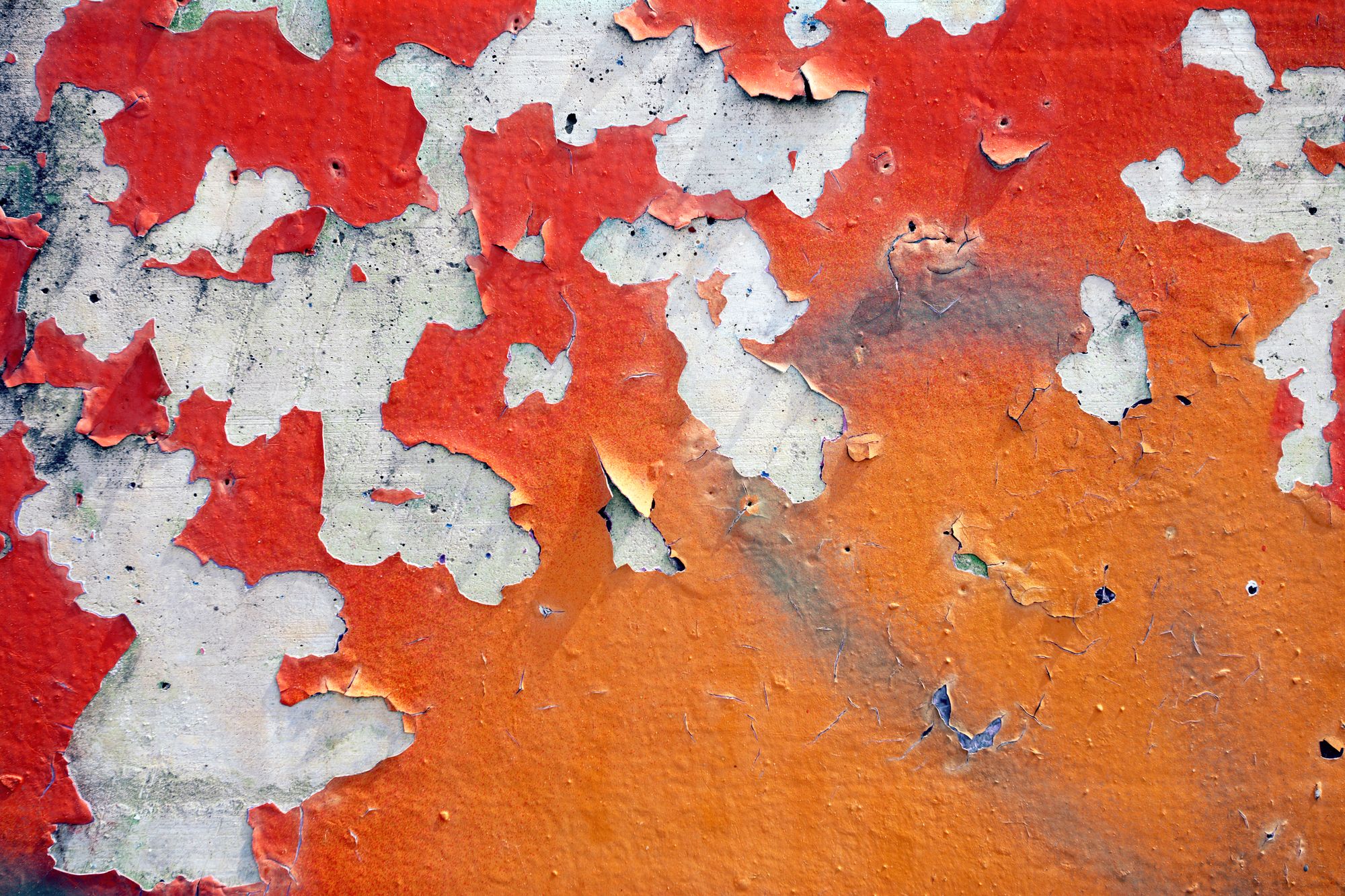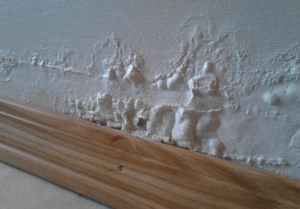Unmasking Wall Water Stains - Effective Checks And Repairs
Unmasking Wall Water Stains - Effective Checks And Repairs
Blog Article
In this article down the page you might get a lot of wonderful material all about How to Find and Repair Water Leaking in the Wall.

Water spots on wall surfaces are not pleasurable to the eyes. Your home must be without spots on the wall surfaces, roof, or floors. That is the excellent state of a house and also its structures. Often it appears almost inescapable to experience water stains on walls in residences.
Homeowners residing in damp areas frequently handle the anxiety of water stains on walls. But that does not need to be the case for you. With all-round and also accurate info on the reasons for water stains and also prompt fixing processes, you will certainly always be an action ahead of such incidents. So, this article assures to be a valuable guide for you.
3 Usual Reasons For Water Discolorations on Walls
In contrast to popular belief, water spots on wall surfaces do not always originate from inadequate building products. There are several root causes of water stains on walls. These consist of:
Poor Drainage
When making a structure strategy, it is essential to make certain adequate drain. This will certainly avoid water from leaking into the walls. Where the drain system is blocked or missing, underground wetness develops. This web links to too much wetness that you observe on the wall surfaces of your building.
The leading reason of wet walls, in this situation, can be an inadequate water drainage system. It can also be because of bad monitoring of sewer pipes that run through the building.
Damp
When hot moist air meets with dry cold air, it causes water droplets to form on the walls of buildings. This occurs in restrooms and kitchens when there is steam from cooking or showers. The water beads can tarnish the bordering walls in these parts of your house as well as spread to other areas.
Wet or condensation influences the roofing system and also wall surfaces of buildings. When the wall surface is wet, it develops an appropriate environment for the development of fungi and also microorganisms.
Pipe Leaks
The majority of houses have a network of water pipelines within the walls. It constantly enhances the stability of such pipes, as there is little oxygen within the wall surfaces.
Yet, a downside to this is that water leak affects the wall surfaces of the building as well as creates extensive damages. An indicator of damaged pipelines is the look of a water stain on the wall.
Water Stains on Wall: Repair Service Tips
House owners would usually desire a quick fix when dealing with water stains. They would certainly quickly understand this is disadvantageous as the water stains repeat. So, right here are a couple of practical pointers that will certainly lead you in the repair of water spots on walls:
Pro Suggestion
A houseplant in your home also raises its moisture. So, if your house is currently damp, you may want to introduce houseplants with minimal transpiration. An instance of appropriate houseplants is succulents.
Final thought
No one desires to have water spots on walls in their home, it can take place to the ideal of us. This post gives you leverage, as you currently understand exactly how to handle this problem if it does happen.
It is always best to recruit specialist solutions to help deal with the damages in your home.
Occasionally it appears almost unpreventable to experience water spots on walls in residences.
Contrary to popular idea, water spots on walls do not constantly stem from bad structure products. There are several reasons of water spots on walls. The water beads can discolor the bordering wall surfaces in these parts of your residence as well as spread to various other locations.
Here are a couple of useful tips that will certainly guide you in the fixing of water spots on wall surfaces:
CHECKING FOR WATER DAMAGE
Water damage can be costly, and it may begin before you even notice the first signs of trouble. Water damage can cause mold and mildew in your walls and floors, which can create an abundance of health concerns for your family. It can also lead to costly repairs of various appliances and general home fixtures. To avoid the pricey consequences of water damage, here are Warner Service’s top 5 places you should check:
The walls – The easiest place to spot the beginnings of water damage is on the walls and ceilings of your home. If water damage is present, there will most likely be water stains, especially around the windows and doorframes, and/or cracks in the drywall. If a stain looks unusual (discolored to brown, black or gray, raised texture), has a swollen appearance or is soft to the touch, contact a professional immediately. The pipes – To avoid water damage, consistently check the pipes in your kitchen (especially the dishwasher and ice maker), bathrooms, laundry room (specifically washing machines) and basement for corrosion, leaks and water stains. Pay special attention to where the pipes connect in your home and the location of caulking around the bathroom fixtures, including toilets, sinks, showers and tubs. Missing or loose caulking and grout could be signs of leaking water. This seepage can also quickly cause mold and rust, so double check your water heater and tank for wet spots on the floor. The floor – Water damage is very easy to spot on the floor. Look for any warping or buckling of the material, especially in the basement. If your home has wood flooring, look for bright white or dark stains. If your home has carpeting, keep it dry and clean. A damp carpet that smells of mold could cause water damage and health problems. To avoid this, consider installing floor pans under your appliances to help prevent damages from small, slow and undetected leaks. The basement and attic – If your basement or attic smells odd check for mold and mildew around the area, especially the valley where the roof meets. While you are inspecting those areas, check for wall cracks, floor stains, rust and dampness in the insulation. If you live in a colder and/or rainier climate, perform routine checks for water damage from melting snow or ice and rain. The exterior – Check the roof for damaged flashing and missing, cracked or curled shingles. There should also be no standing water anywhere outside your home. This could be caused by puddles, leaky rain gutters or hoses, poor drainage, or short gutter spouts. Invest in a sump pump system or water flow monitoring system, and perform routine maintenance on these outdoor appliances to avoid indoor water damage.

As an enthusiastic person who reads about Indicators of Water Damage Behind Walls, I was thinking sharing that excerpt was worthwhile. Are you aware of another person who is looking into the subject? Do not hesitate to share it. Thank you for taking the time to read it.
Check It Out
Report this page